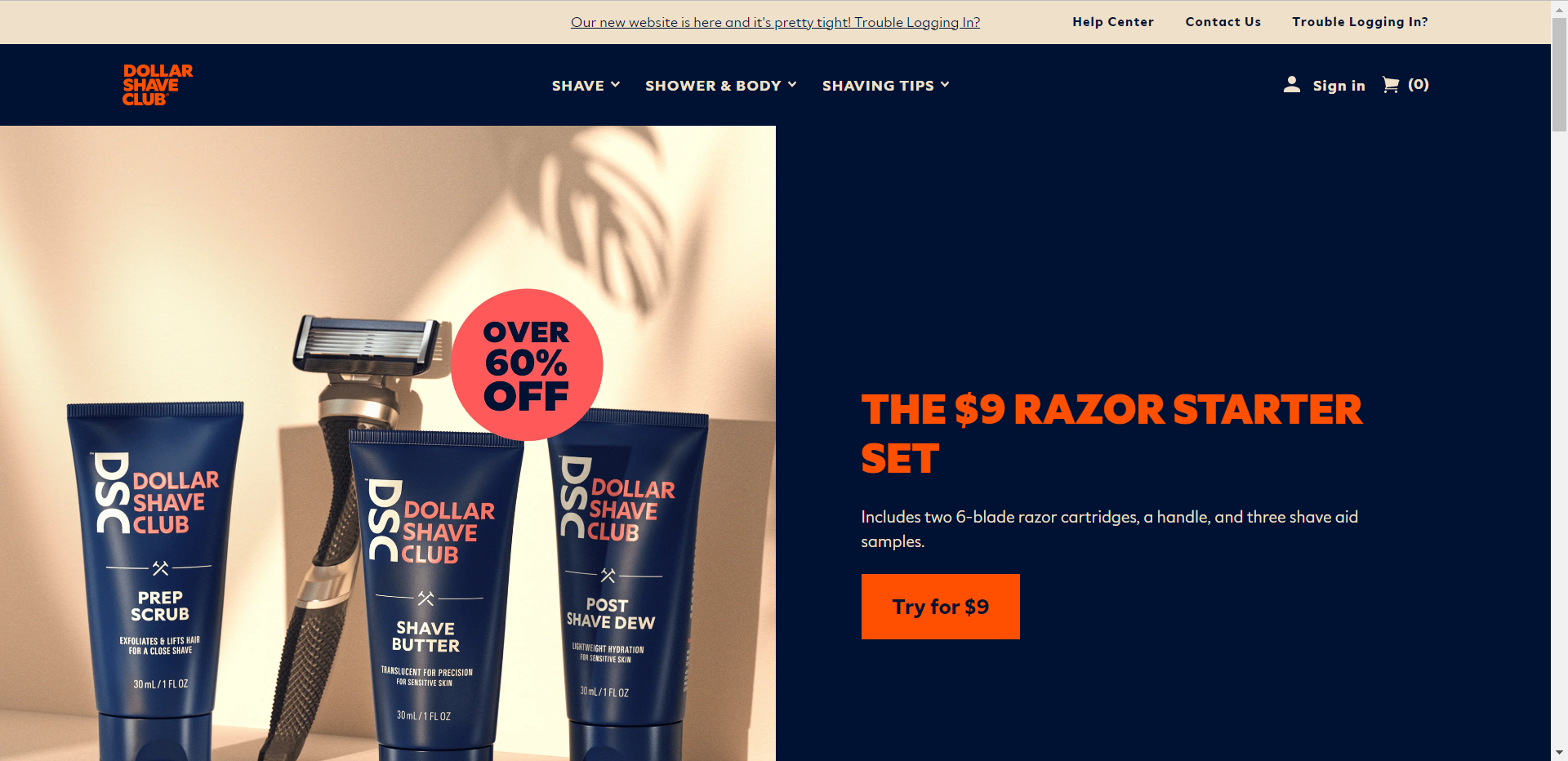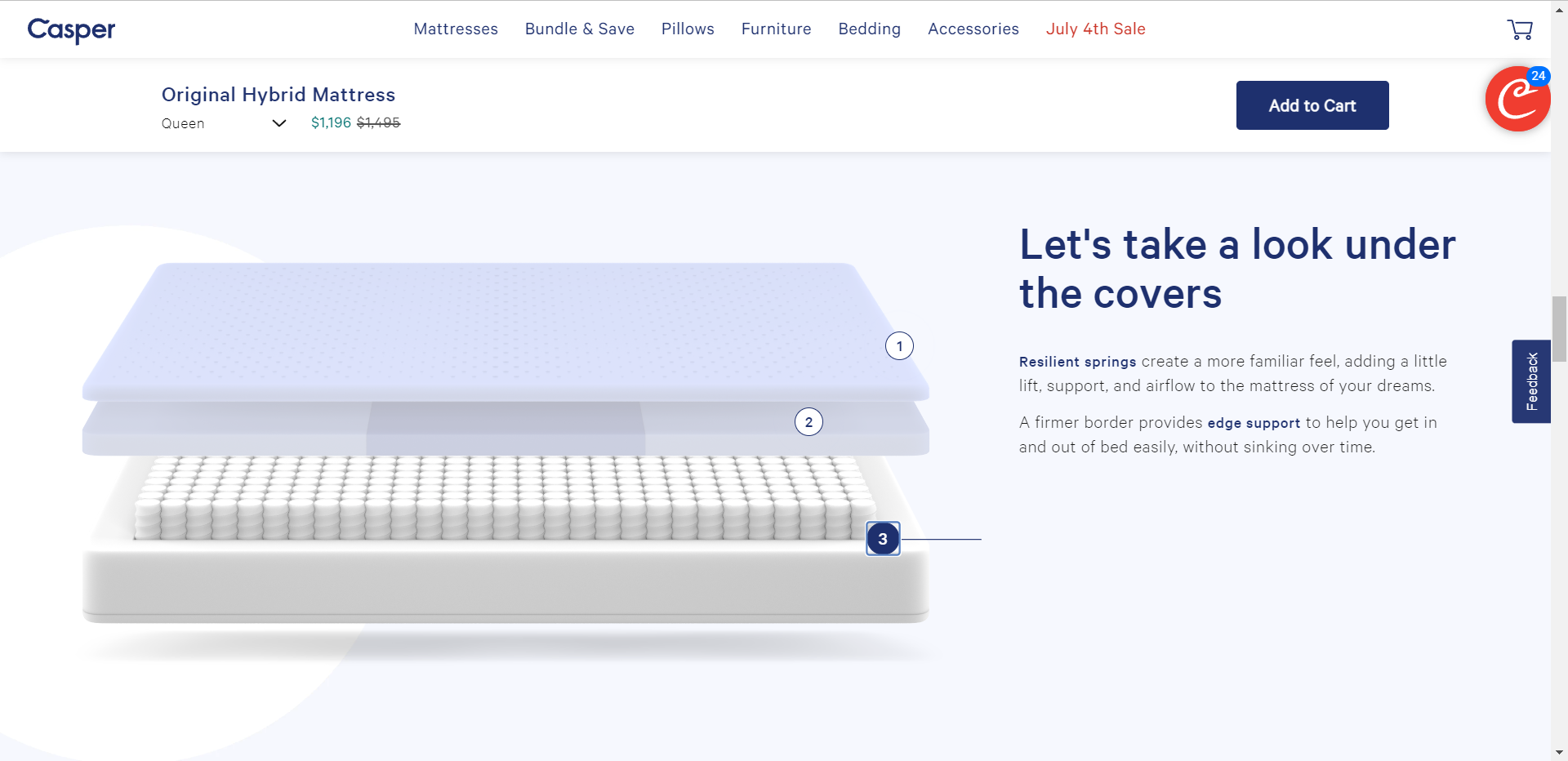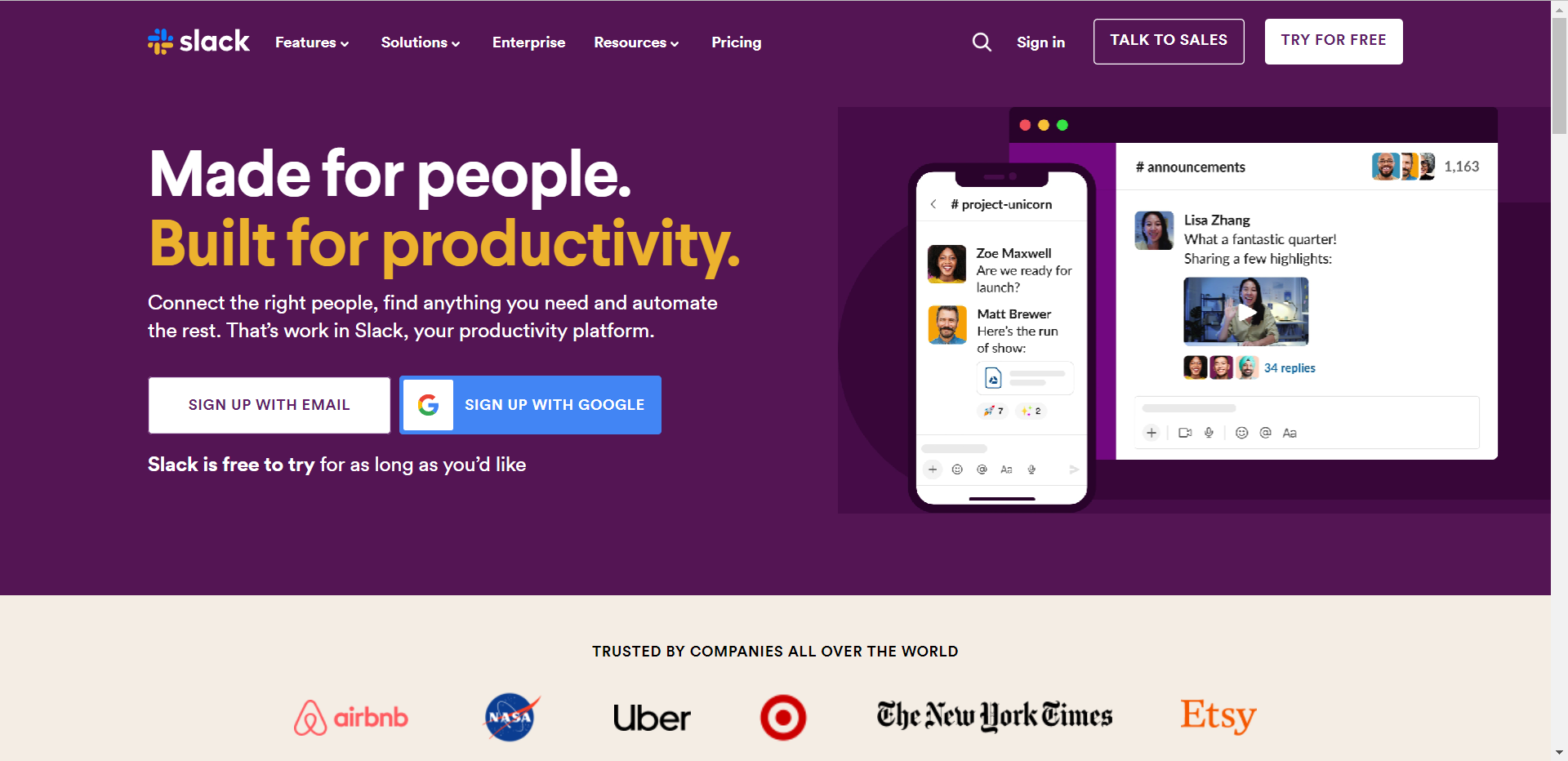What is a Product Landing Page? Definition, History, and Key Features
Introduction
In the world of e-commerce, a product landing page is a critical element that can make or break your business. It is a standalone web page designed to persuade visitors to take a specific action, usually to buy a product or service. A well-designed product landing page can boost your conversion rates and sales, while collecting valuable customer data and feedback. On the other hand, a poorly designed one can turn away potential customers and harm your brand reputation.
The history of product landing pages dates back to the early days of e-commerce when online stores were just starting to gain popularity. At that time, product pages were often cluttered with irrelevant information and lacked clear calls-to-action. As the competition grew, businesses realized the importance of creating dedicated landing pages for their products that focused on key features and benefits.
Over time, product landing pages have evolved to become more sophisticated and user-friendly. Today's landing pages incorporate better design elements such as compelling visuals, videos, animations, and interactive features that help engage visitors and keep them interested in the products being offered.
The rise of AI has also impacted the creation and optimization of product landing pages. With AI-powered tools, businesses can now personalize their landing pages based on customer behavior data such as browsing history, purchase history, demographics, location, etc. This allows businesses to create targeted messages that resonate with their target audience and increase conversions.
In addition to personalization, AI can also help optimize product landing pages for better performance. By analyzing visitor behavior data such as click-through rates (CTR), bounce rates, time spent on page, etc., AI algorithms can identify areas where improvements are needed and suggest changes accordingly.
Key Features of a Product Landing Page
A product landing page is a critical element of any e-commerce store. It is a standalone web page designed to persuade visitors to take a specific action, usually to buy a product or service. A well-designed product landing page can make the difference between a visitor bouncing off your website and converting into a customer.
To create an effective product landing page, it's important to focus on key features that will help you achieve your conversion goals. In this section, we'll explore four key features that every successful product landing page should have: clear and concise messaging, compelling visuals and product demonstrations, strong call-to-action (CTA), and personalization based on customer data.
Clear and Concise Messaging
The first key feature of an effective product landing page is clear and concise messaging. Your messaging should be straightforward and easy to understand. Visitors should immediately know what your product or service does and how it can benefit them.
One way to achieve clear messaging is by focusing on your value proposition. A value proposition is a statement that explains why someone should buy from you instead of your competitors. It should be unique, specific, and relevant to your target audience.
Your headline should also be attention-grabbing and clearly communicate the main benefit of your product or service. Subheadings can help break up large blocks of text and guide visitors through the content.
Bullet points are another effective way to communicate information quickly. They allow visitors to scan the content easily and get a sense of what your product or service offers without having to read long paragraphs.
Compelling Visuals and Product Demonstrations
The second key feature of an effective product landing page is compelling visuals and product demonstrations. Visitors are more likely to engage with content that includes high-quality images or videos than plain text alone.
Images should showcase the benefits or features of your products in an engaging way. For example, if you're selling clothing, show models wearing the clothes in different settings so visitors can see how they look in real life.
Videos are another powerful tool for demonstrating products or services in action. For example, if you're selling software, create a video tutorial showing how easy it is to use.
It's important to keep in mind that visuals shouldn't distract from the main message of the landing page. They should enhance it by providing additional context or demonstrating how the product works.
Strong Call-to-Action
The third key feature of an effective product landing page is a strong call-to-action (CTA). A CTA is typically a button that encourages visitors to take action, such as "Buy Now" or "Sign Up Today."
CTAs should be prominent on the page so visitors can easily find them. They should also be clear about what will happen when someone clicks on them. For example, if you're offering a free trial, make sure it's clear that clicking on the CTA will start the trial process.
Urgency and scarcity are two techniques that can make CTAs more effective. Urgency creates a sense of urgency by highlighting time-limited offers such as "Limited Time Offer" or "Sale Ends Soon." Scarcity creates urgency by emphasizing limited availability such as "Only 10 Left in Stock" or "Limited Edition."
Personalization Based on Customer Data
The fourth key feature of an effective product landing page is personalization based on customer data. Personalization involves tailoring content based on visitor behavior or characteristics such as location or past purchases.
Personalized content can increase engagement rates by making visitors feel like they're being addressed directly rather than receiving generic messages intended for everyone.
There are several ways to personalize content on landing pages:
Use dynamic content: Dynamic content changes depending on who's viewing it.
Use retargeting: Retargeting shows ads specifically targeted at people who've visited your site before.
Use segmentation: Segmenting allows you to group visitors together based on shared characteristics such as location or interests.
Use personalized recommendations: Recommend products based on past purchases or browsing history.
Applications of Product Landing Pages
Product landing pages serve a crucial role in boosting conversion rates and sales. By providing a clear and concise message, compelling visuals, and a strong call-to-action, product landing pages can persuade visitors to take the desired action, such as making a purchase or signing up for a subscription. Furthermore, product landing pages are an effective tool for collecting customer data and feedback. By analyzing user behavior on the page, businesses can gain insights into their customers' preferences and pain points. This information can be used to optimize the product offering or improve the overall user experience.
One way that businesses can collect customer data is by implementing personalization on their product landing pages. Personalization involves tailoring the content of the page to match the specific interests or needs of each visitor. For example, if a visitor has previously purchased a certain type of product from the business, the landing page could display related products or promotions that may be of interest to them. This approach has been shown to increase engagement and conversion rates.
Another way that businesses can use product landing pages is by testing different variations of the page to determine which one performs best. This process is known as A/B testing or split testing. By creating two versions of the same page with slight variations (such as different headlines or images), businesses can compare which version leads to more conversions. This method allows businesses to make data-driven decisions about how to optimize their product landing pages.
In addition to increasing conversion rates and collecting customer data, product landing pages have other applications as well. For example, they can be used to introduce new products or services to customers in a focused and targeted way. By creating a dedicated landing page for a new offering, businesses can generate excitement among their audience and encourage them to take action.
Product Landing Page Examples
Product landing pages are essential in converting visitors to customers. A well-crafted product landing page can make all the difference in boosting sales and collecting customer data. Here, we will take a look at some examples of effective product landing pages and analyze what makes them successful.
Dollar Shave Club Landing Page Example
One example of a successful product landing page is the one created by Dollar Shave Club. The messaging on their landing page is clear and concise, with a strong focus on their unique selling proposition: affordable razors delivered right to your doorstep. The visuals used on the page are also compelling, with images of happy customers and different razor options. The call-to-action button is prominent, urging visitors to "Get Started" with their subscription.
Casper Mattresses Example
Another great example is the product landing page for Casper mattresses. The page features an interactive design that allows visitors to learn more about the mattress's features and benefits through scrolling down the page. The visuals used are also eye-catching, with animations demonstrating how the mattress adapts to different sleeping positions. The call-to-action button is strategically placed throughout the page, making it easy for visitors to purchase or learn more about the product.
Slack Landing Page Example
A third example of an effective product landing page is from Slack, a team communication tool. Their landing page highlights their main selling points: improved productivity and streamlined communication within teams. The messaging is straightforward and easy to understand, with visuals showing how Slack can be integrated into different workflows. Additionally, they use social proof by showcasing testimonials from satisfied customers.
What makes these examples stand out is that they all have clear messaging that focuses on their unique selling propositions while using compelling visuals that help tell their brand story. They also have strong calls-to-action that urge visitors to take action immediately.
Future Trends in Product Landing Pages
As technology continues to advance, so too do the trends in product landing pages. One of the most significant changes we can expect to see is the increasing use of AI to improve personalization and optimization. With AI, e-commerce stores can collect vast amounts of data on customer behavior and preferences. This data can then be used to create personalized experiences for each visitor, increasing the chances that they will convert into a sale.
One way that AI is being used in product landing pages is through the creation of dynamic content. Dynamic content is content that changes based on the user's behavior or preferences. For example, if a user has previously shown an interest in a particular type of product, dynamic content might show them more products in that category. By tailoring the experience to each individual user, e-commerce stores can increase their conversion rates and build stronger relationships with their customers.
Another trend we can expect to see in product landing pages is the integration of voice assistants and chatbots. With more and more people using voice assistants like Amazon's Alexa or Google Assistant, it makes sense for e-commerce stores to integrate these technologies into their landing pages. By doing so, they can provide a more seamless experience for users who prefer to use voice commands instead of typing.
Chatbots are also becoming increasingly popular on product landing pages. These are automated chat programs that can answer common questions or provide assistance to users. By integrating chatbots into their landing pages, e-commerce stores can provide 24/7 support without having to hire additional staff.
Finally, mobile optimization will continue to be a crucial factor in product landing page design. As more and more people use their smartphones for online shopping, it's essential that e-commerce stores optimize their landing pages for smaller screens. This means using responsive design techniques that ensure the page looks great on any device.
Conclusion
In conclusion, a product landing page is a crucial element of any e-commerce store. It serves as the first impression for potential customers and can make or break a sale. By incorporating key features such as clear messaging, compelling visuals, and strong calls-to-action, businesses can increase their conversion rates and ultimately boost sales. Additionally, product landing pages allow for the collection of valuable customer data and feedback, which can be used to further optimize the page and personalize the user experience. As technology continues to advance, we can expect to see more widespread use of AI in product landing page creation and optimization, as well as integration with voice assistants and chatbots. It is essential for e-commerce store owners, digital marketers, and web developers to stay up-to-date with these trends and best practices in order to remain competitive in today's ever-evolving market. Overall, a well-designed and optimized product landing page can greatly benefit businesses by driving sales and improving customer engagement.




